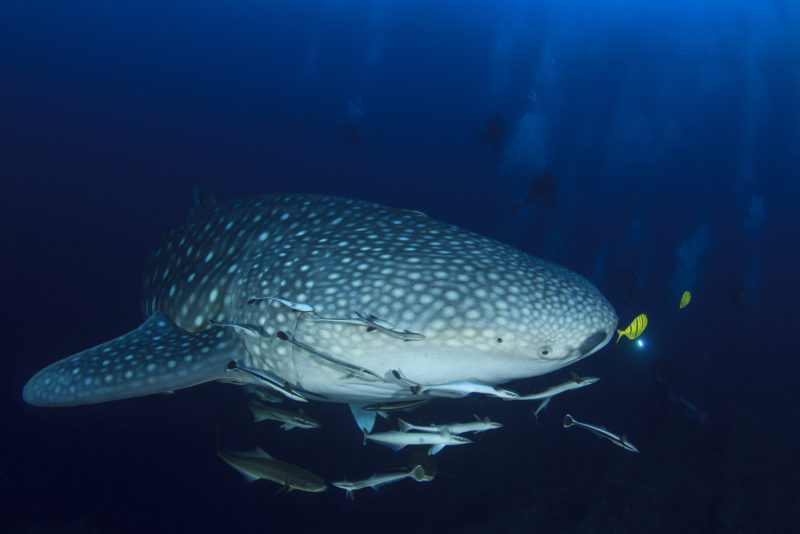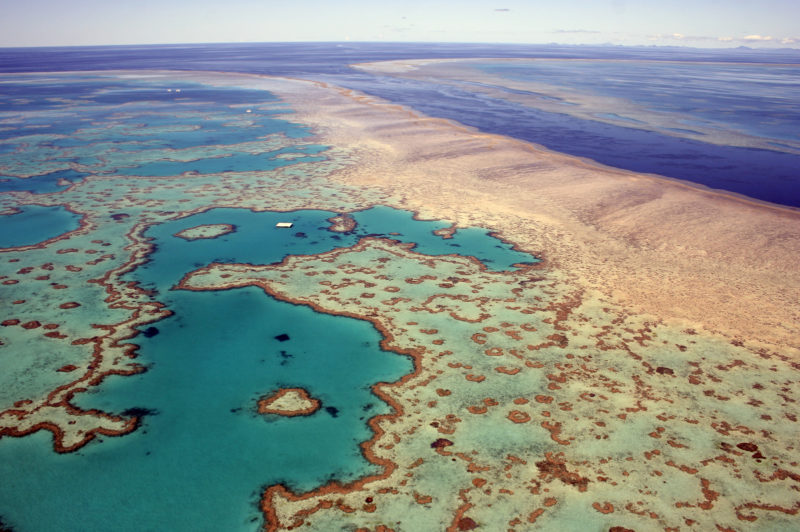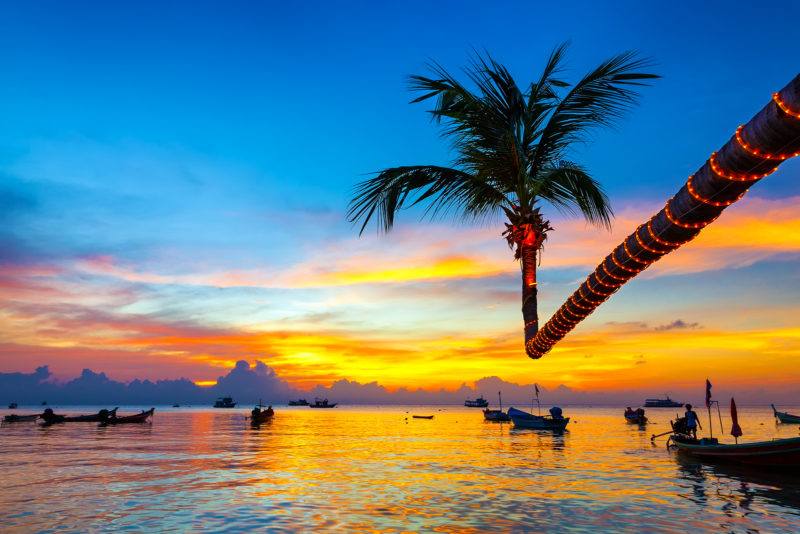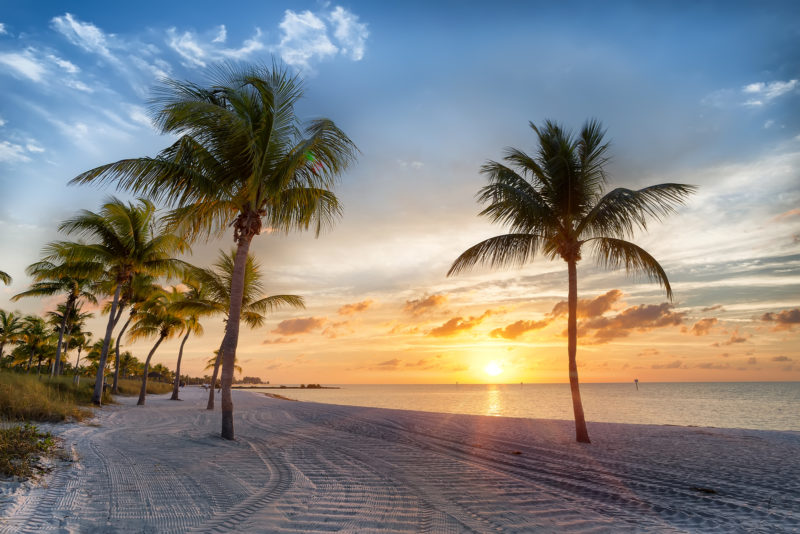Winter is in full swing across the Northern Hemisphere. Holiday festivities are over and it’s a long wait until summer dive season begins. Here’s our list of great winter getaways for scuba diving. In each of these places, you can not only scratch your scuba itch, but your non-diving friends and family can easily certify as well.
Utila, Caribbean Bay Islands, Honduras

Sitting on the Mesoamerican Reef — the second-largest reef system in the Western Hemisphere — Utila is one of the more charismatic Caribbean islands. This small island off the north coast of Honduras is free from mass commercial development and cruise ships, and there’s a multi-cultural, friendly community. Utila offers over 50 dive sites from sheer walls to fringing reefs, wrecks and offshore seamounts. The island is a long-time favorite among backpackers and independent travelers, seeking safe, affordable Open Water certification. Utila offers year-round courses, warm, tropical waters, easy boat access, established and reputable dive operators, shallow dive sites and potential dolphin and whale-shark encounters. In recent years, Utila has also drawn more experienced divers seeking professional certifications and technical training.
How to get there:
International airports are close by on the mainland and on the neighboring island of Roatan with flights arriving daily from the U.S. From either the mainland or Roatan you can take a small plane to Utila.
Maldives, Indian Ocean

The land-based resorts in the Maldives make for picture-perfect vacation spots with beautiful, sandy beaches and clear waters on atolls fringed by coral reefs. November to April is the peak time to visit, though diving conditions are good year-round. World-class dive sites range from channels, to pinnacles, to reefscapes. Marine life includes turtles, reef sharks, manta rays, and large schools of fish. Some sites can have challenging currents, but most of the island-based resorts have sites that are suitable for beginners. The Maldives are popular for family vacations, honeymooners and couples, and divers seeking a luxurious trip in a postcard-picture setting, with world class diving, will be handsomely rewarded.
How to get there:
International visitors fly into Malé, which offers flights from Europe and Asia. A representative of your resort will likely greet you at the international airport to direct onward travel, either via small plane or resort ferry.
Great Barrier Reef, Queensland, Australia

Almost every non-diver has heard about the largest reef system in the world, visible even from outer space. The GBR spans 1,400 miles (2,250 km) and draws snorkelers, experienced divers, and non-divers looking to get certified. The bio-diversity is immense on the GBR, with over 350 species of coral and 1,500 species of fish, as well as turtles and sharks. It’s a diver’s mecca and is suitable for families, singles, couples, and budget travelers. Liveaboards run trips that vary from three to seven days, and non-divers will complete the academic/pool training on land before embarking on a liveaboard for the check-out dives. Most operators offer trips and certification year-round, with two distinct seasons — wet season from December to May and dry season from June to November.
How to get there:
Cairns is the main city in Queensland for getting certified and also the departure point for most liveaboards. It’s served by international flights from the U.S., Europe, and Asia, as well as internal flights from other large Australian cities.
Koh Tao, Thailand

Koh Tao in the Gulf of Thailand is also popular with budget travelers. It’s often said that Utila and Koh Tao are parallel universes of each other. Although Utila may have more diversity of dive sites, they both feature potential whale-shark encounters. Koh Tao also features abundant beautiful beaches and great restaurants and nightlife. Like our other destinations, the diving conditions in Koh Tao are idyllic, with warm waters, minimal current and lots of marine life. There are plentiful dive sites for beginners with the offshore pinnacles of Chumphon and Southwest more suitable for advanced divers. Dive conditions are good year-round though visibility drops during the monsoon season of September to November.
There are over 50 dive centers on Koh Tao, making it one of the highest-certifying destinations in the world. Classes are affordable and instructors teach in multiple languages. Non-divers can enjoy the scenic beaches and a wide variety of local and international-themed restaurants with great meal choices at budget prices. Many of the dive centers and resorts have on-site accommodation with unique ambience and settings.
How to get there:
The only way to get to Koh Tao is via boat. You can fly to Koh Samui and take a ferry from there, or leave from Surat Thani on the mainland, which also offers ferry services to the island.
Florida Keys, United States

Home to the only living coral reef in the continental U.S., the Florida Keys span over 120 miles. Divers visit from around the world. Much of the Keys is within a protected marine sanctuary. The entire island chain offers abundant corals, marine life, sharks, and wrecks. Most dive sites are close to shore. Beginners can choose shallow fringing reefs, with deeper sites and wrecks for experienced and technical divers. There’s great nightlife in Key West, as well as literary history at the Ernest Hemingway Home & Museum.
How to get there:
You can fly into Key West from other continental U.S. airports. Even better, make a road trip of it and drive down Highway 1. This iconic road runs the length of the Keys from Key Largo in the north to Key West. Stop along the way at quirky beach bars and gift shops for a real taste of the Keys.
The post Five Great Winter Getaways for Scuba Diving appeared first on Scuba Diver Life.
from Scuba Diver Life http://ift.tt/2DTvmVV
No comments:
Post a Comment